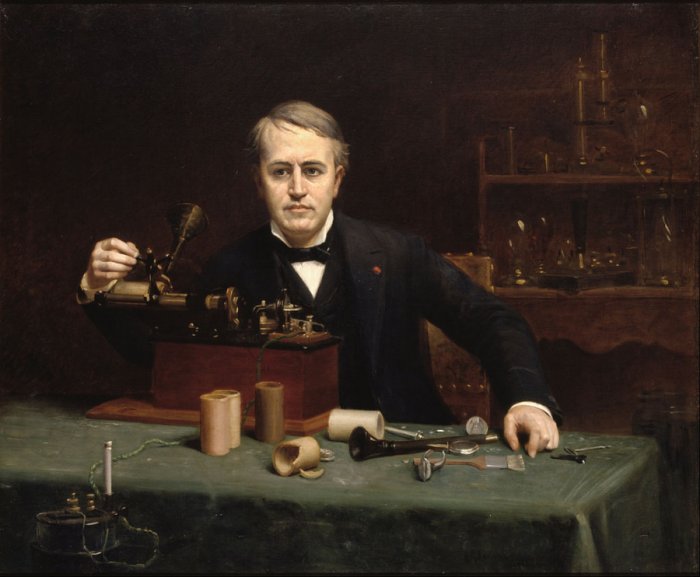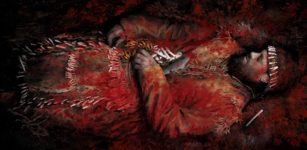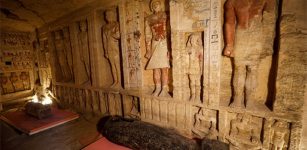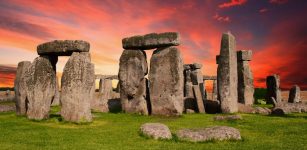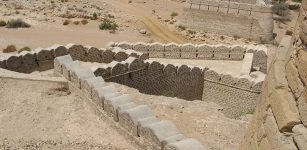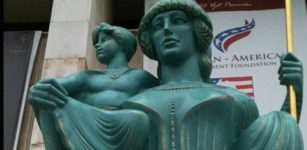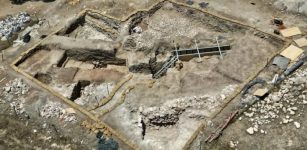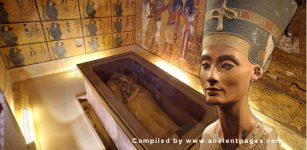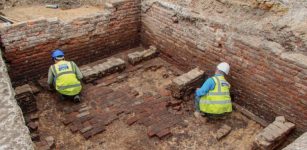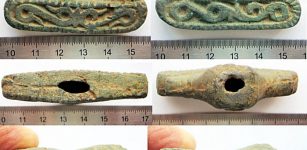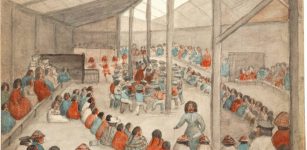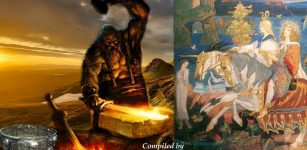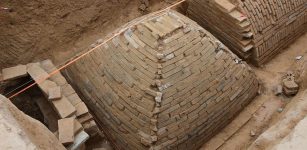On This Day In History: Famous Inventor Thomas Edison Died – On Oct 18, 1931
AncientPages.com - On October 18, 1931, inventor Thomas Edison died. Edison – known as the "Wizard of Menlo Park," is considered by many the world's greatest inventor. He is credited with 1,093 US patents in his name and several patents in the United Kingdom, Germany, and France.
Photograph of Edison with his phonograph (2nd model), taken in Mathew Brady's Washington, D.C. studio in April 1878. Image credit: Levin C. Handy - Public Domain
Born in Milan, Ohio, in 1847, Edison spent much of his youth in Michigan. He attended school briefly but was mainly educated at home by his mother and in his father's library.
He found ways to earn money by selling snacks and newspapers to passengers on trains. In his free time, he devoted himself to chemical experiments, which he conducted in a baggage-car laboratory.
In 1877, he invented the phonograph, the first device to record and play sound. Demonstrating the machine by playing a track of "Mary Had a Little Lamb" he had made himself, Edison astounded the public.
Later, other inventions followed, and all contributed to the widespread use of technology; electric light and power utilities, sound recording, and motion pictures, all very useful in significant new industries worldwide.
Edison's inventions contributed to mass communication and, in particular, telecommunications. These included a stock ticker, a mechanical vote recorder, a battery for an electric car, electrical power, recorded music, and motion pictures.
He developed a system of electric power generation and distribution to homes, businesses, and factories – a crucial development in the modern industrialized world. His first power station was on Pearl Street in Manhattan, New York.
He has been described as America's greatest inventor. He worked on his projects until his death on October 18, 1931.
Portrait of Edison by Abraham Archibald Anderson (1890), National Portrait Gallery
Born in Milan, Ohio in 1847, Edison spent much of his youth in Michigan. He attended school briefly but was mainly educated at home by his mother and in his father's library.
He found ways to earn money by selling snacks and newspapers to passengers on trains. His free time he devoted to chemical experiments, which he conducted in a baggage-car laboratory.
In 1877, he invented the phonograph, the first device to both record and play sound.
Demonstrating the machine by playing a track of “Mary Had a Little Lamb” he had made himself, Edison astounded the public.
Later other inventions followed and all of them contributed to widespread using of technology; electric light and power utilities, sound recording and motion pictures, all very useful in major new industries worldwide.
Edison's inventions contributed to mass communication and, in particular, telecommunications.These included a stock ticker, a mechanical vote recorder, a battery for an electric car, electrical power, recorded music and motion pictures.
Edison developed a system of electric-power generation and distribution to homes, businesses, and factories – a crucial development in the modern industrialized world. His first power station was on Pearl Street in Manhattan, New York.
He has been described as America’s greatest inventor. Until his death on October 18, 1931, he was working on his projects.
AncientPages.com
Expand for references

